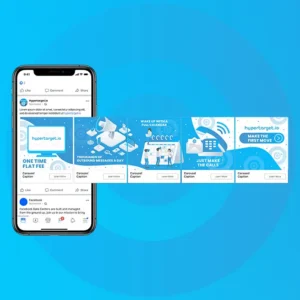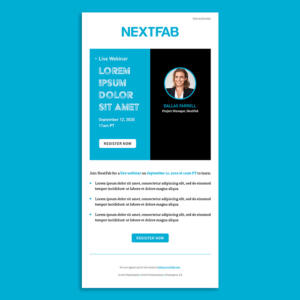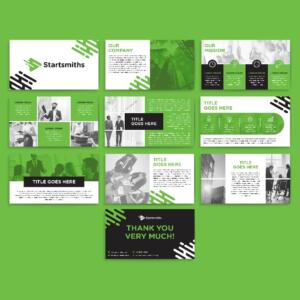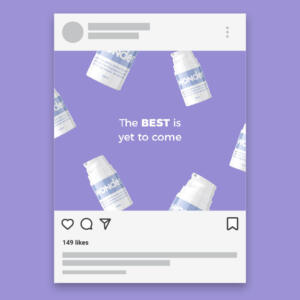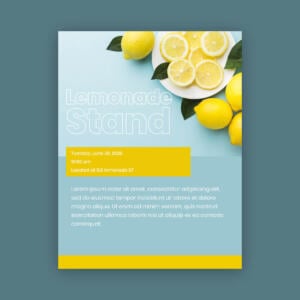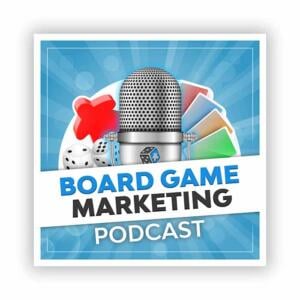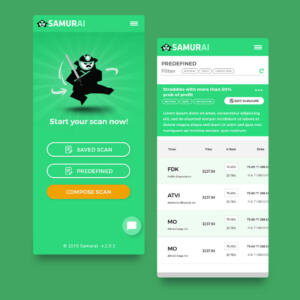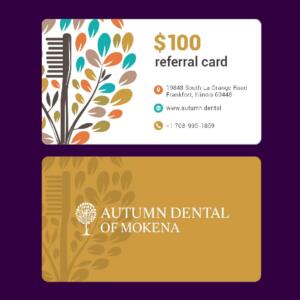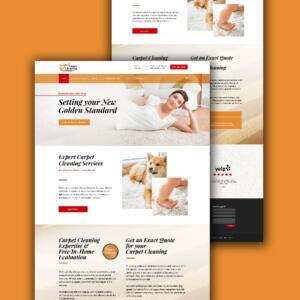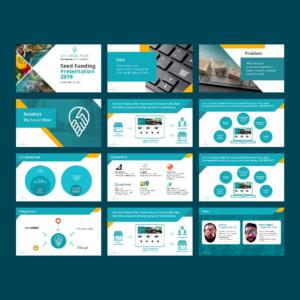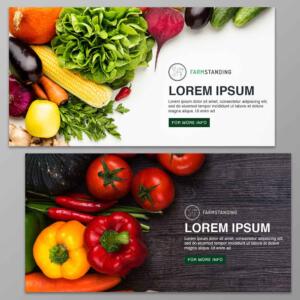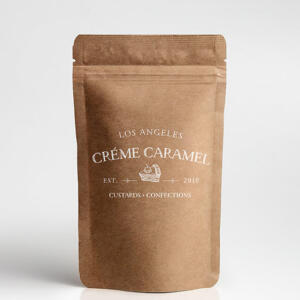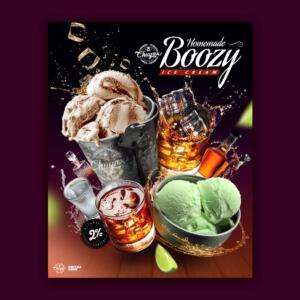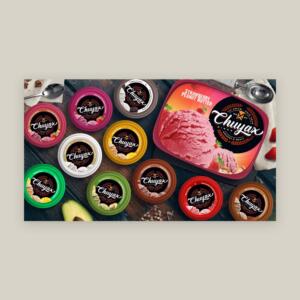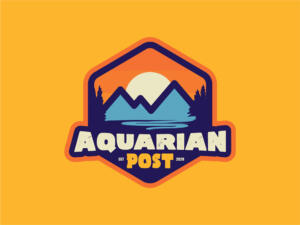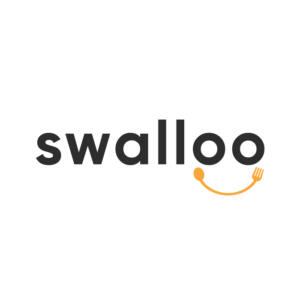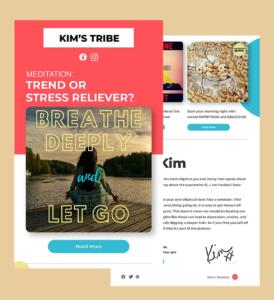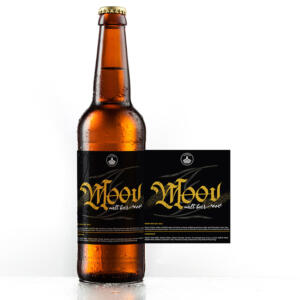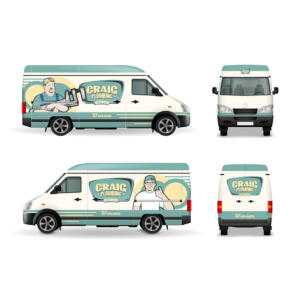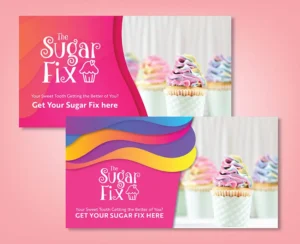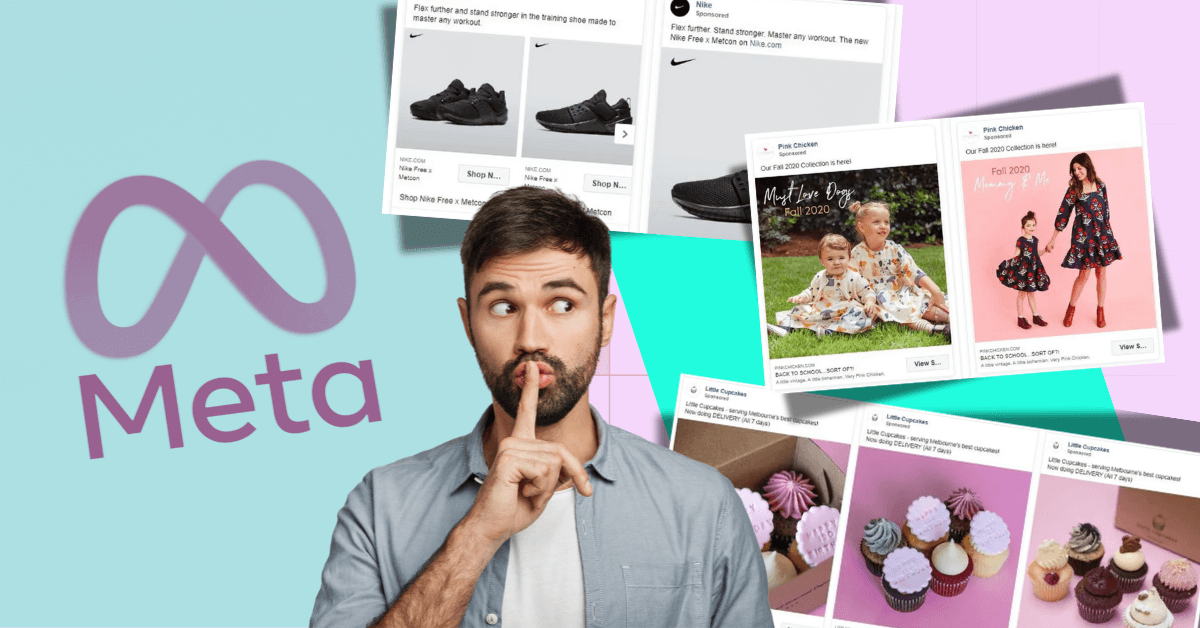
One of the platforms that many seasoned advertisers flock to is Facebook, and for good reason. Its 2.7 billion-strong worldwide users allow brands to showcase their wares to a vast audience.
However, it takes more than just being on the platform. You must have the right Facebook ad design strategy. If you want your brand to reach the dizzying heights of success, you need a good designer who will craft high-quality ad creatives that convert.
Digital marketing agencies abound, and some boast excellent reputations for churning out top-tier designs. If you know what you’re doing, you can also handle the ad placement yourself. If not, you’ll bleed faster than you realize.
The good news is, there are a ton of valuable info sources online if you only care to learn. In fact, Facebook Business Help Center itself offers info-rich guides designed to gear users for success.
In this article, we’ll go through the top secrets professional Facebook ad marketers don’t usually tell clients (hey, they need to earn too!). Keep these things in mind as you try to navigate the exciting world of Facebook marketing.
Table of Contents
- Go easy on the text
- Test multiple designs
- Design based off of buyer personas
- Use social proof and testimonials in your design
- Images MUST stand out
- Design around emotion
- Placement is key
- Play into people’s interests
- Multiple ad formats
- Leverage contrasting colors for CTAs
- Incorporate user-generated content (UGC)
- Grab attention with animated elements
- Requesting a Facebook Ad Design on Penji
1. Go easy on the text
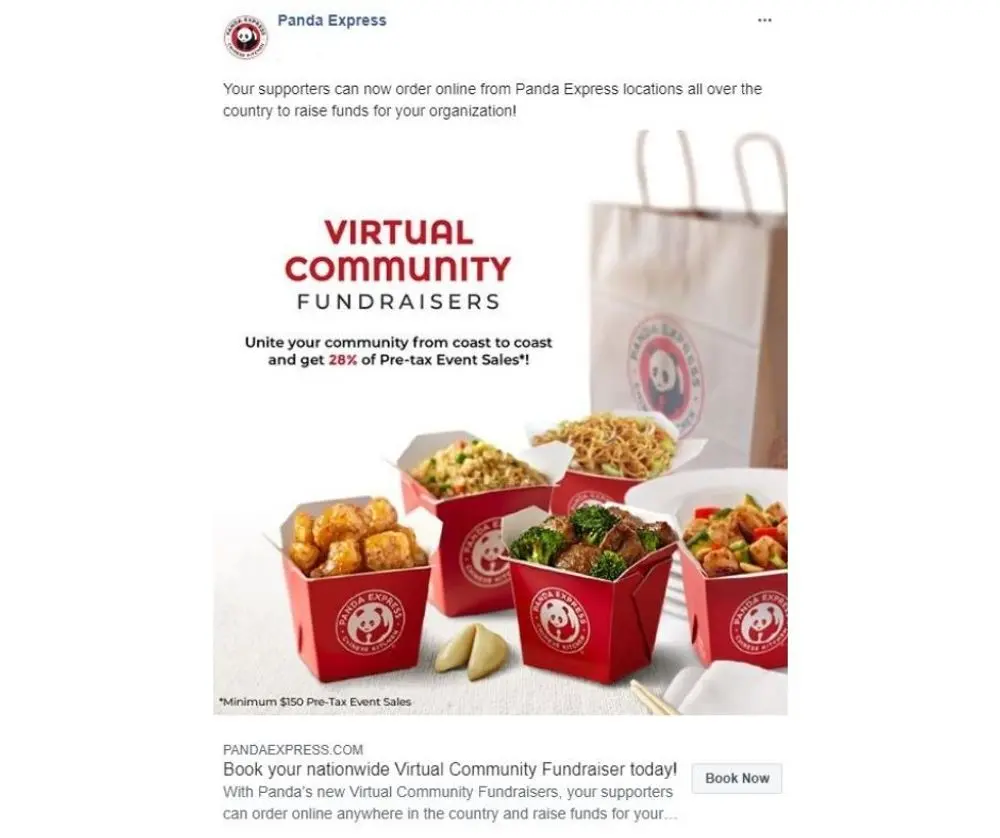
Image Credit: Panda Express
Gone are the days when advertising art for print includes a headline, a tagline, and a long chunk of text explaining what the product or service is all about.
If you look at Facebook ad design examples, you’ll see that all of them have minimal text or none at all. Why? Through time, Facebook saw that the best-performing ads are those with little to no text. As a result, they made a rule to only approve image ads with a maximum of 20 percent text.
That said, only include the most important copy in the image. Everything else, you can put on the headline and caption sections of the ad.
For instance, this ad for Panda Express has text in it, but it doesn’t overwhelm the whole image. In fact, the design allows for an ample amount of negative space, drawing the eyes on those sumptuous-looking takeout boxes.
2. Test multiple designs
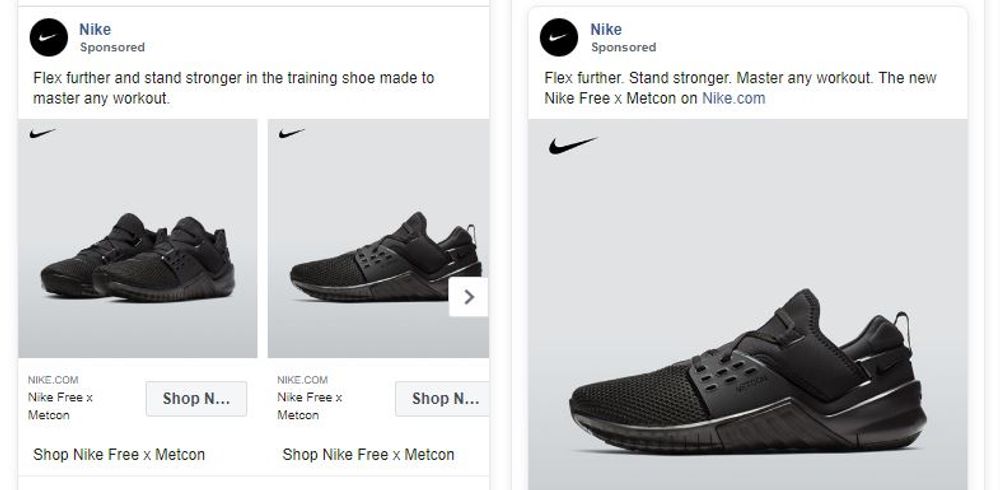
Image Credit: Nike
It’s hard to judge which ad creative will work and what wouldn’t. After all, visual stimulation can greatly vary from person to person. And sometimes, even if an image looks perfect to you, it may not be enough to catch your audience’s attention.
That said, testing multiple designs is a crucial part of gearing your campaign for success. By using more than one image, you can learn more about what appeals to your audience.
Don’t believe us? Check out these ads for Nike. The first one is a carousel ad that shows three images of the same item – side view of one shoe, side view of a pair, and the sole of the shoe. They also ran a single image ad showing one of the three photos used for the former.
PRO TIP: If you’re going for a carousel ad, you can enable an option that automatically shows the best performing cards first. By doing so, you’re practically surveying your audience to gauge which image draws them in.
3. Design based off of buyer personas
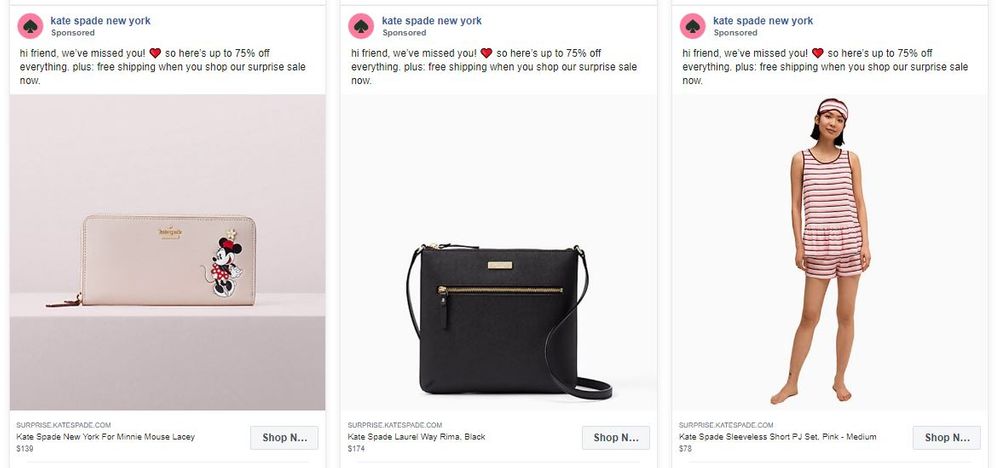
Image Credit: Kate Spade New York
Here’s one thing that sets professional marketers apart from amateurs: they don’t merely rely on a Facebook ad design inspiration. Instead, they take a close look at their audience and design ads custom-fit to suit their specific needs.
Take a look at these ads for Kate Spade New York. As the captions suggest, all three ads seem to be part of one ad set. But the marketers choose to run three different ad creatives all at once.
As you can see, the image used for each ad is different and appeals to a separate buyer segment. The Mini Mouse wallet may appeal to someone who likes cute and nostalgic items, but not to someone who likes minimalist accessories. So, to attract the latter, they chose to use an image of a sleek back purse.
4. Use social proof and testimonials in your design
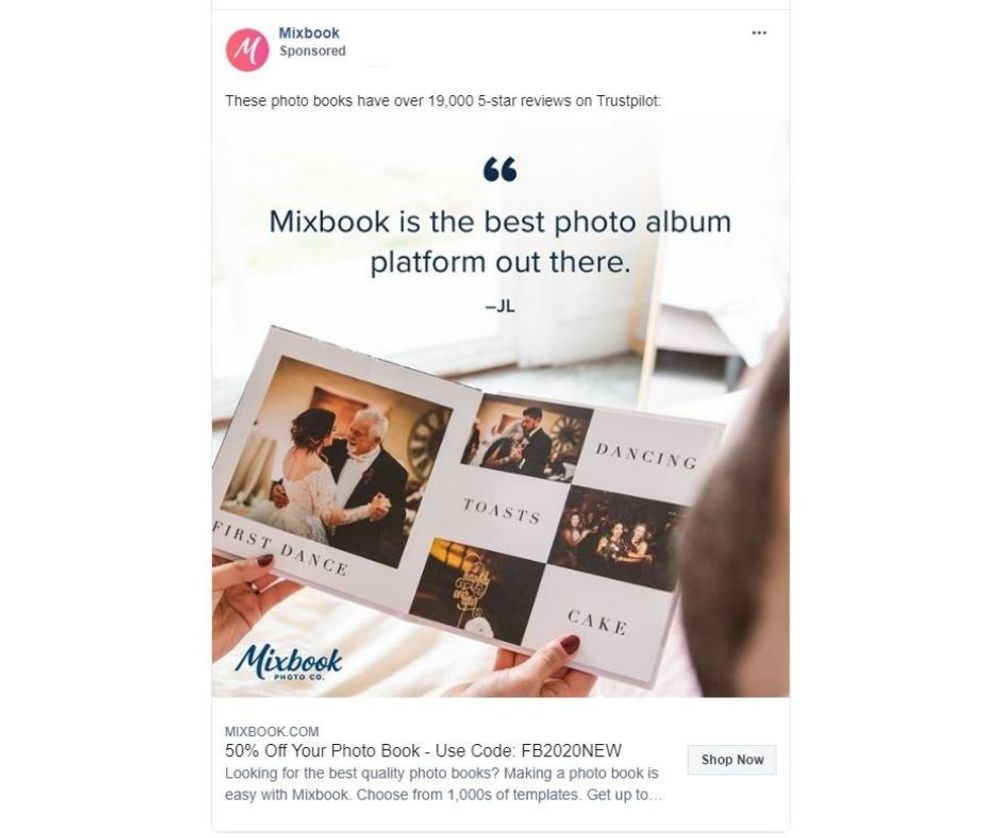
Image Credit: Mixbook
Many marketers use social proof and testimonials in their social media marketing strategy. However, it’s also a great tool to use in Facebook ad design.
For one, testimonials give Facebook ads a personal touch. It’s somewhat similar to letting former clients “convince” the prospects to join them in your community of supporters. In addition to that, it also takes the material from a mere ad to a recommendation.
When choosing the review to use, make sure to select one that’s relatively short but persuasive. For instance, this ad creative for Mixbook is an excellent example. After all, you wouldn’t want to go beyond the 20 percent text rule.
PRO TIP: Marketing specialists don’t use the term “review” in the caption because it sounds too “salesy.” This might counter the sincerity you’re trying to achieve with a social proof ad.
5. Images MUST stand out
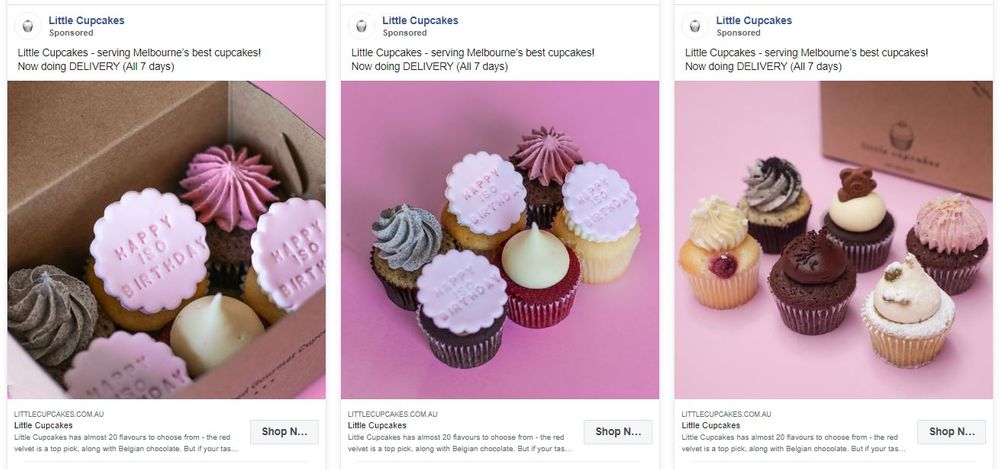
Image Credit: Little Cupcakes
Here’s the huge challenge to every single Facebook marketer out there: stopping the scroll. Users’ eyes may be glued to the screen, but if your ad doesn’t spark their interest, then it’s another opportunity lost.
That said, it’s critical to use ad creatives that catch the audience’s attention – it must stop them in their tracks. Take these beautiful ads for a Melbourne cupcake store, for example. What kind of a person with a sweet tooth wouldn’t stop and drool at the sight of these beautiful images?
This is one reason why a ready-made Facebook ad design template typically won’t work to boost a brand. Generic designs tend to look drab. At Penji, every one of our Facebook ad graphic designers has the skills, knowledge, and training to create ad creatives that pack a punch.
6. Design around emotion
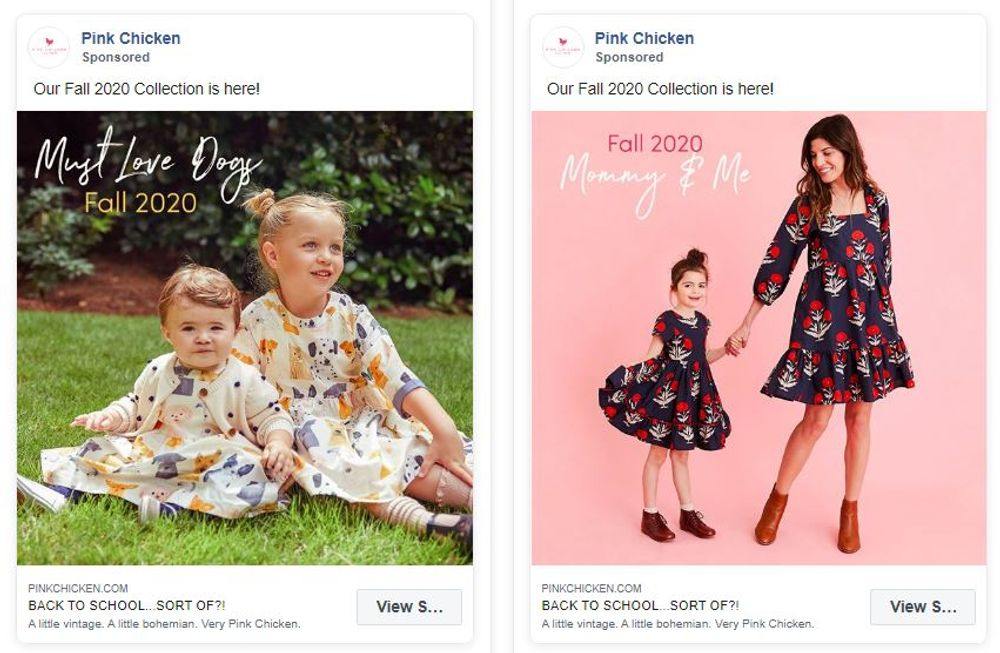
Image Credit: Pink Chicken
The best creative images don’t only tantalize the eye but touch the heart at the same time. It’s the oldest trick in the book; making the most out of emotions to draw attention to a product, service, or brand.
Take these ad examples for an apparel line, for instance. The marketer could have highlighted the quality of materials or trendy cuts. However, the brand knows that their target audience is mostly parents. So, they used images that remind the audience about bonding and having a close sibling or mother-daughter relationship. The ad painted the product to represent an ideal family connection.
7. Placement is key
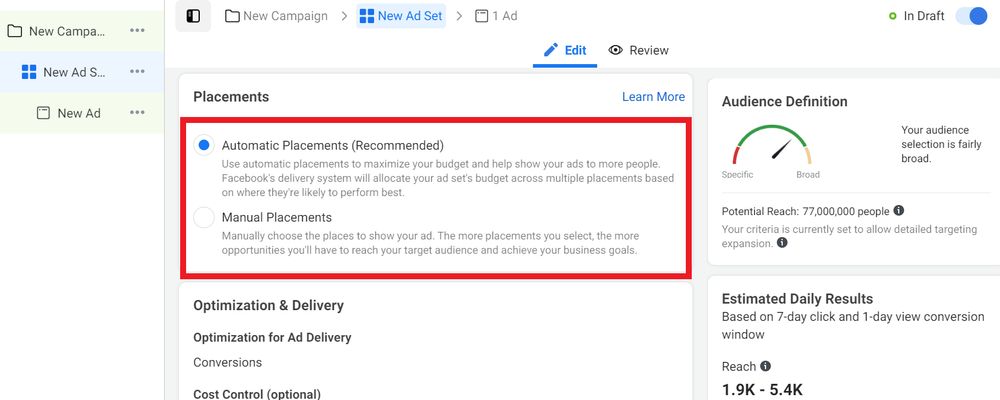
When you create a new ad, Facebook Ads Manager will ask you to pick one from two placement options: Automatic and Manual. Here are the key differences between the two:
- Automatic. Facebook Ads manager recommends this option for most advertisers. It allows the system to maximize opportunities to show your ad from the widest range possible. Depending on the engagement and performance, the system may show it on Facebook, Instagram, Audience Network, and Messenger to maximize your set budget.
- Manual. This setting allows you to pre-select where the ad will appear. Aside from the general platform categories mentioned above, you can also choose the specific placements, such as:
- Feeds
- Stories
- In-stream
- Search
- Messages
- In-Article, and
- Apps and Sites
Facebook ad design matters in this department because the size and format should conform to the ad placement. For instance, Facebook recommends a horizontal (1.91:1) image for general search and Marketplace search. For stories, on the other hand, the platform recommends a fullscreen vertical (9:16) image.
8. Play into people’s interests
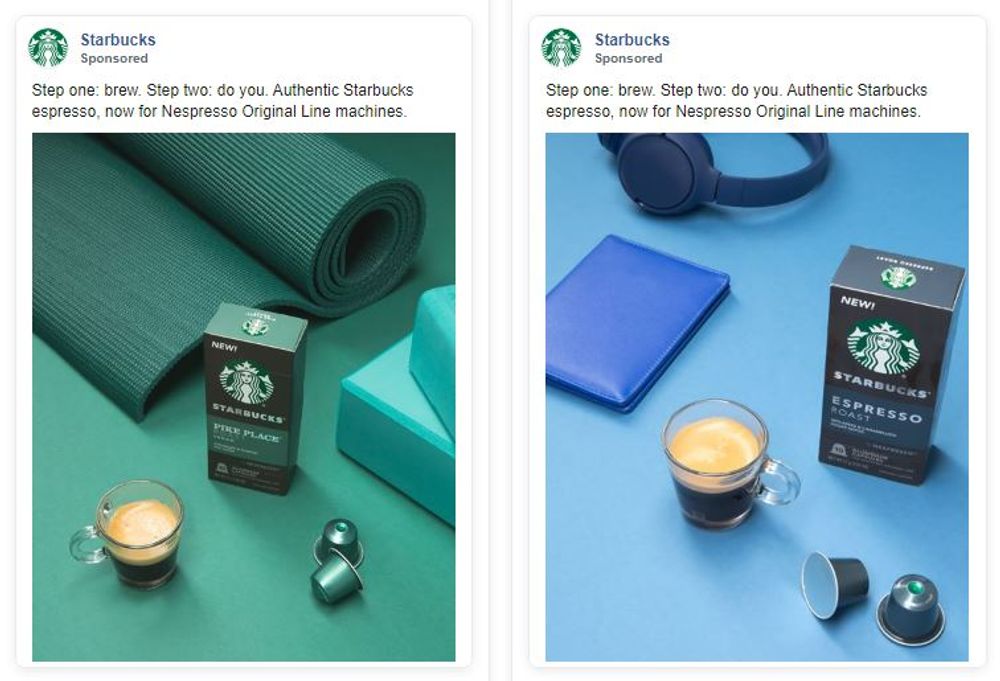
Image Credit: Starbucks
Personalization is one thing that makes Facebook ads different from traditional marketing channels. For one, the platform is delivering the ad straight to users’ personal devices – the same device they use to take personal notes and communicate with friends and family.
In addition to that, people’s interests are built into the whole dynamic of Facebook ads. You’re targeting your audience based on their hobbies, the brands that they support, pages that they like, and even their recent life events.
If you look at examples from the Facebook ad design library, you’ll see that many brands integrate other interests into their ad creative. For instance, these two examples of Starbucks ads are not just aimed at generic coffee lovers. The first one is for coffee drinkers who are also into fitness (clue: yoga mat and yoga blocks). And since the second one shows a pair of headphones and a passport sleeve, it could be aimed at travelers.
9. Multiple ad formats
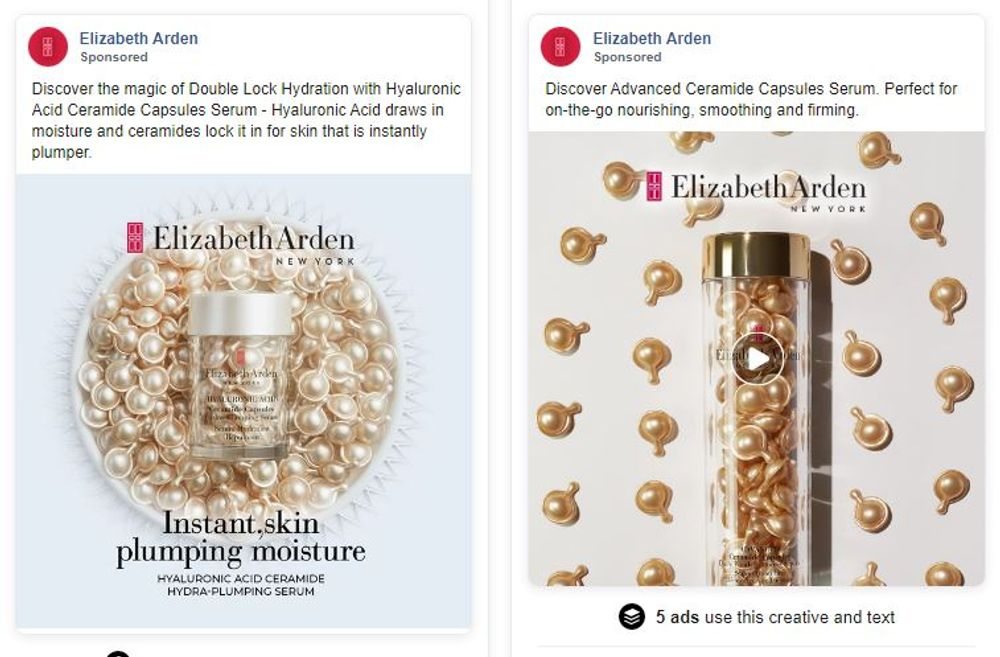
Image Credit: Elizabeth Arden
As established above, it’s always a great idea to test various designs and even multiple and formats. For instance, just because a single image ad worked well for you last time doesn’t mean you should stick to it until the end of time.
Experiment with ad formats and placements – from feeds and stories to Messenger and in-stream. By doing so, you’ll gain a deeper perspective about how your audience consumes content and give you a better grasp of how to optimize your ad campaigns.
Take a look at these ads for Elizabeth Arden. They’re both for the same skincare product, but featured different formats (one is an image, the other is a video) and different creatives.
10. Leverage contrasting colors for CTAs
A well-crafted call-to-action has the power to make or break your Facebook ad. Making it stand out isn’t as easy as it may seem, and the one hack that can do it for you is to use contrast. Design your CTA button using contrasting colors to draw attention to it instantly. An orange CTA button will be noticed quickly when placed against a blue background. That said, ensure that your colors align with your brand’s identity and are distinct from the rest of the ad to capture attention.
Penji’s website has CTAs that use contrasting colors, as seen in the image above.
11. Incorporate user-generated content (UGC)
Facebook ads that feature real photos or videos from your customers build trust and authenticity. User-generated content (UGC) resonates well with viewers because it feels more personal and relatable than polished corporate imagery. You can highlight a customer’s testimony, story, or experience with your product or service. Overlay a subtle caption or logo to maintain branding without distracting from the authenticity of the content.
An excellent example of this is Apple’s #ShotoniPhone campaign in 2014. It used images sent by its users to show what its phone camera can do.
12. Grab attention with animated elements
Facebook’s feed is highly competitive and inundated with ads. To catch viewers’ eyes faster, you might want to consider using animation. Simple animations, such as the example below, created by a Penji designer, can make your ad dynamic and engaging. Remember to keep the animated elements subtle and under 15 seconds to avoid overwhelming your viewers.
The above example is from an animated ad design created by our Penji motion graphic artists.
Technical Details to Consider When Designing Facebook Ad
When designing Facebook ads, there are several technical details to keep in mind to ensure your ads are effective. Also, your ads need to meet Facebook’s guidelines. Here are some key points to consider while designing a specific Facebook Ads:
Image Ads
Image ads in Facebook Feed allow you to show your product, service, or brand in a more innovative way. According to Facebook Ads Guidelines, your image ad design must comply with the following:
Design:
- File type: The recommended file types are JPG or PNG
- Ratio: 1.91:1 to 4:5
- Resolution: For 1:1 ratio: it should be 1440 x 1440 pixels; for 4:5 ratio: it should be 1440 x 1800 pixels
Text:
- Primary text: 50-150 characters
- Headline: 27 characters
Other Technical Requirements:
- Maximum file size: 30 MB
- Minimum width: 600 pixels
- Minimum height: 1:1 ratio: 600 pixels ; 4:5 ratio: 750 pixels
- Aspect ratio tolerance: 3%
Panoramas or 360 photos:
- Panoramas and 360 photos can be utilized on Facebook to create an interactive experience with various objectives. Facebook identifies and processes these photos by detecting camera-specific metadata in images taken with 360-ready devices.
Video Ads
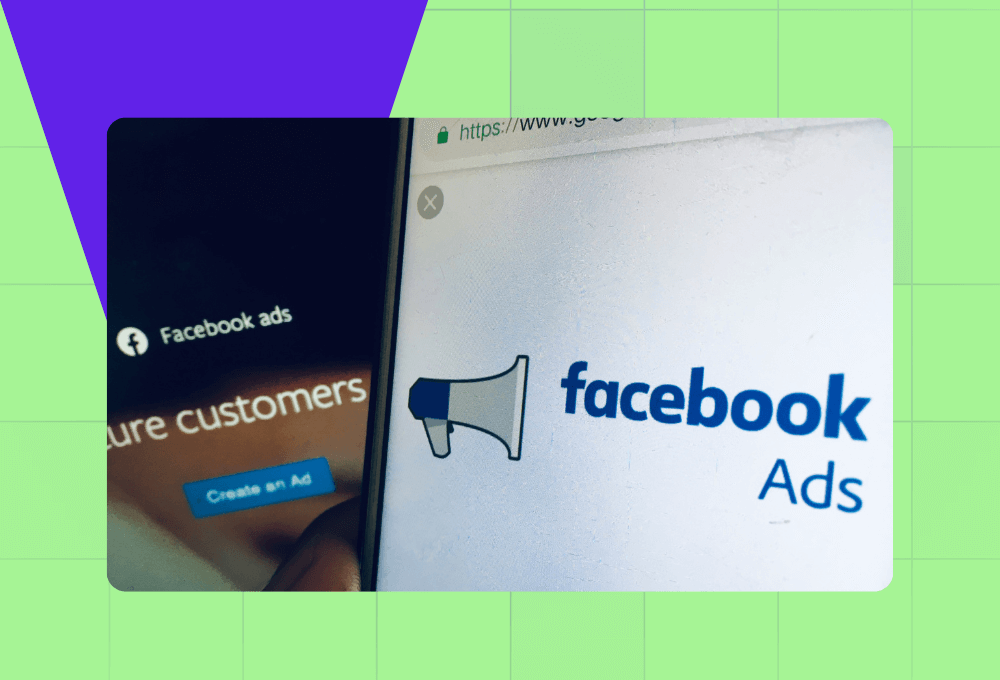
If you choose Awareness as your video ad objective or opt for Maximize reach of ads, Maximize 2-second continuous video views, Maximize number of impressions, or Maximize engagement with a post as your performance goal, the ad footer on your video ad—including the headline, description, CTA button, and website URL—won’t be visible on the Facebook Feed on mobile devices.
Design:
- File type: MP4, MOV or GIF
- Ratio: 1:1 (for desktop or mobile) or 4:5 (for mobile only)
- Video settings: H.264 compression, square pixels, fixed frame rate, progressive scan, and stereo AAC audio compression at over 128 kbps
- Resolution: 1:1 ratio: 1440 x 1440 pixels
Video Captions and Video Sound:
- Optional but recommended
Text:
- Primary text: 50-150 characters
- Headline: 27 characters
- Technical requirements
- Video duration: 1 second to 241 minutes
- Maximum file size: 4 GB
- Minimum width: 120 pixels
- Minimum height: 120 pixels
Carousel Ads
Carousel ads allow you to display ten images or videos within one ad, each with a designated link. This Facebook Ad design is valuable for showing various pictures of the same product or creating one long photo that viewers can swipe.
Design:
- Image file type: JPG or PNG
- Video file type: MP4, MOV or GIF
- Ratio: 1:1 or 4:5
- Resolution: At least 1080 x 1080 pixels
Text:
- Primary text: 80 characters
- Headline: 45 characters
- Description: 18 characters
- Landing page URL: Required.
Other Technical Requirements:
- Number of carousel cards: 2 to 10
- Image maximum file size: 30 MB
- Video maximum file size: 4 GB
- Video duration: 1 second to 240 minutes
- Aspect ratio tolerance: 3%
Collection Ads
Collection Ads on Facebook are a type of advertisement format designed to provide an immersive shopping experience for users. These ads allow businesses to showcase multiple products within a single ad unit, making it easier for potential customers to discover, browse, and purchase products without leaving the Facebook app.
Design:
- Image type: JPG or PNG
- Video file type: MP4, MOV or GIF
- Ratio: 1:1
- Resolution: At least 1080 x 1080 pixels
Text:
- Primary text: 125 characters
- Headline: 40 characters
- Landing page URL: Required
Other Technical Requirements:
- Instant Experience: Required
- Image maximum file size: 30 MB
- Video maximum file size: 4 GB
By considering these Facebook ad design guidelines, you can craft ads that are both impactful and engaging for your target audience.
How to Get Facebook Ads Approved?
Now that you know what design tips you should apply to your ads, you should also understand how Facebook ads get approved. The social media site has a stringent review process, but your ads should be up within 24 hours when you follow its standards. Here are some quick tips to get your Facebook ads approved so your ad designs don’t go to waste!
Follow Ad Specs
Facebook has a set of ad spec recommendations to ensure your image ads appear on the right dimensions, depending on the user’s device. You can view the ad specs above.
You might wonder if I must remember this when creating a Facebook ad design. Most graphic design services should have the dimensions available when you make a design from scratch. This way, you no longer have to compute or calculate pixels or sizes.
Ensure Authenticity
You shouldn’t post deceitful ads since this could get you into trouble. Instead, create and post accurate and authentic ads to avoid getting a review warning from Facebook. It’s essential to post high-quality images of your products or graphics about your services. Next, you should create a copy that promotes and represents your brand accurately.
Link to an Actual Landing Page
Some publishers get into trouble when they post a landing page that doesn’t align with the ad content. Don’t waste your ad design efforts when you link to a bad landing page. Ensure that the landing page you link will bring visitors to a trusted site where they can browse more, buy your products, or purchase your services.
Maintain Branding

One surefire way to create brand awareness and get your Facebook ad approved is to maintain branding across your assets. Your branding can be subtle, like including your personalized colors or font on the text in the image ad. Additionally, you can add your logos to the design to make it a branded ad design.
These visual elements embedded in your ad design are key to better brand recognition. Check out this example from HubSpot. When one of its ads lands on your Facebook page, the striking HubSpot orange catches one eye, and you’ll know it’s them from one glance!
Requesting a Facebook Ad Design on Penji
Learning the ropes of Facebook ads is challenging. Luckily, we can help in the design department so that you can focus your time and energy on strategizing and managing your campaigns.
Best of all, requesting for a Facebook ad design from us only takes three easy steps!
1. Create a Project
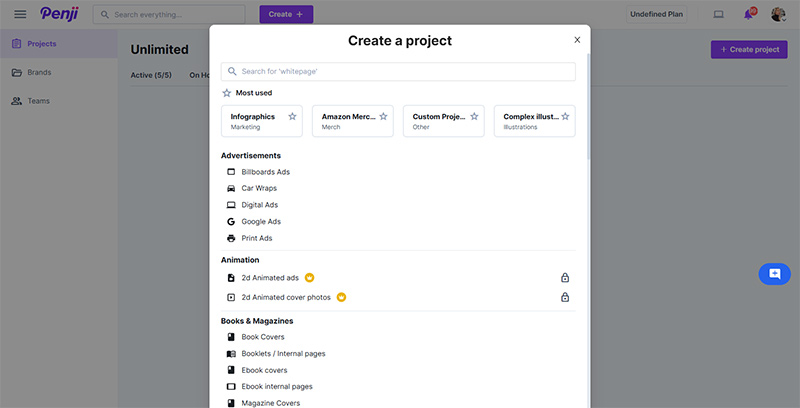
In the Penji dashboard, click Create. Type in social media posts or select it from the dropdown list. Name your project, then click Next. Briefly describe your project to let the designer know what you want done. Click Next. You can upload attachments like images or website links to show your designer what you have in mind, then click Next. You now need to choose the file type of your project. Click on Facebook Post and Next. You’ll be asked to pick images to show your style preference. Click Next, then review your project brief. If satisfied, click Create project.
2. Review and Revise

Within 24 to 48 hours, the assigned designer will get back to you with a design draft. To open, simply click the attachment within the thread. If you need anything revised, hover the pointer over the part, click, and type in your comments. The designer will revise the image according to your instructions. Our packages come with unlimited revisions, so feel free to request changes until you’re happy with the design.
3. Download

Once you’re 100% satisfied with the images, click Download and it will automatically be saved on your computer. Aside from ad designs, you can also use our subscription services for your logo designs and other branding visual assets.
Key Takeaways
Here are a few tips to keep in mind before you start a new campaign:
- First and foremost, familiarize yourself with Facebook ad design guidelines. In a way, you need to be creative without going too far beyond the box. Otherwise, your ad won’t get approved and all the time and effort you’ve put in will just go down the drain. Know the rules and work within those parameters.
- Base your ad decisions on solid data. Various FB ad gurus have different parameters on when to continue running and when to kill an ad. Be sure to examine the analytics carefully before proceeding to the next step.
- Use a Facebook ad design service for your design needs. By delegating this heavy task to a pro who specializes in it, you can focus more on campaign strategies. And by this time, you should know that there are just too many factors to consider when running campaigns.
Just like any other advertising platform, placing an ad on Facebook doesn’t always guarantee results. But with the right preparation and an informed strategy, you’ll surely up your chances of getting your investment’s worth.
Like what you learned? Share this article with your team! And if you haven’t done it yet, sign-up for our services today and get to enjoy our premium services risk-free for 30 days.
About the author

Carla Deña
Carla is a journalist and content writer who produces stories for both digital and legacy media. She is passionate about creativity, innovation, and helping small businesses explore solutions that drive growth and social impact.
Table of Contents
- 1. Go easy on the text
- 2. Test multiple designs
- 3. Design based off of buyer personas
- 4. Use social proof and testimonials in your design
- 5. Images MUST stand out
- 6. Design around emotion
- 7. Placement is key
- 8. Play into people’s interests
- 9. Multiple ad formats
- 10. Leverage contrasting colors for CTAs
- 11. Incorporate user-generated content (UGC)
- 12. Grab attention with animated elements
- Technical Details to Consider When Designing Facebook Ad
- How to Get Facebook Ads Approved?
- Requesting a Facebook Ad Design on Penji
- Key Takeaways

